Two ginger jar style with lids
Vraag
Are these De Witte Ster or some other manufacturer and approximate date
Afmetingen
17 1/2 inches tall
8 inches diameter
8 inches diameter
Collectie
publiekscollectie
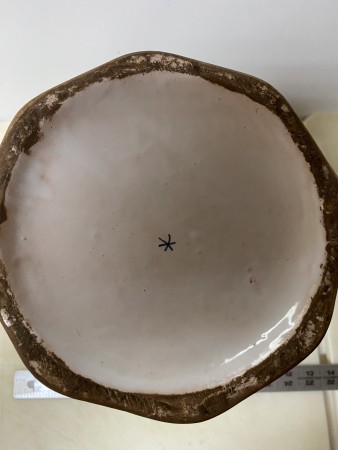
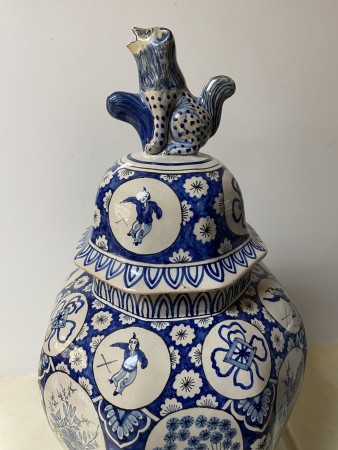
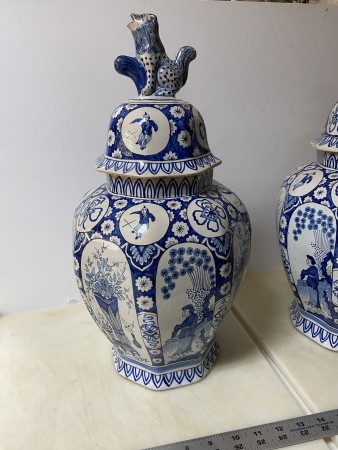










Reacties 5
Pot with lid made of lead-white Delft earthenware with blue painting. The vase is broad canopsic in shape. The base is octagonal. Along the top and bottom edge a serrated décor edge. The star has six points, which is correct. This mark was used during the period of management by Dammas Hofdijck during the first quarter of the 18th century. in a later period the star was marked with AK ( Albertus Kiell) and a bit later with CB ( Cornelus de Bergh ). Seem authentic to me. Curious to see what the experts say about it.
Pot met deksel van loodwit Delfts aardewerk met blauwe beschildering. De vaas is breed canopsisch van vorm. De voet is achthoekig. Langs de boven en onderrand een gekartelde decorrand. De ster heeft zes punten wat klopt. Dit merk werd gebruikt tijden de periode van beheer door Dammas Hofdijck tijden eerste kwart van de 18de eeuw. in een latere periode werd de ster gemerkt met AK ( Albertus Kiell) en nog iets later met CB ( Cornelus de Bergh ). Lijken mij authentiek. Benieuwd wat de experts erover zeggen.
kind regards Franky
In reply to Pot with lid made of lead… by FrankyStevelinck1009
NEE, Zijn VALS!
Unfortunately, if I may say, a fake or later copy. The blue colour is not correct, the glaze is too dull, the biscuit is too brown and too thick, the paintwork is a combination of different styles, with zotjes (fools) and flowers from Adriaen Kocx and a much later lion on a vase format that is not from that same era.
As Jeroen already perfectly explained 1000000% FAKE / Replica. The trained eye can see it in less than a second. If I may say Jeroen has THE BEST eye! The Best EXPERT. Regards, Edwin van Drecht.
Verdict:
Analysis:
This model was made in the early twentieth century in the workshop of Géo Martel in Desvres, France. It is illustrated in Claire Dumortier, Patrick Habets et Rita Martel-Euzet, 'L'Heritage de Delft à Desvres, Dijon, 2021, Fig E., p.232
Add new comment
Only logged in users can post comments
Log in or register to post comments